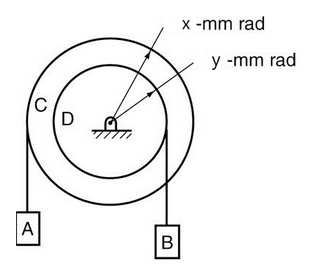Question
(1) A car is traveling at a constant speed of 5 m/s. If the snow is falling at 4.1 m/s with an angle of 36
(1) A car is traveling at a constant speed of 5 m/s. If the snow is falling at 4.1 m/s with an angle of 36 degrees to the vertical line toward the windshield, determine the velocity of the snow as seen by the driver.
Provide your answer in m/s. Round to the nearest two decimal places.
(2) A golfer hits a ball, giving it a maximum height of 12 m. If the ball lands 126 m away at the level from which he hit it, how long does it take for the ball to reach maximum height. (Neglect air resistance.)
Provide your answer in s and round to the nearest two decimal places.
(3) A golfer hits a ball, giving it a maximum height of 23 m. If the ball lands 139 m away at the level from which he hit it, what was its initial velocity in the horizontal direction (Neglect air resistance.)
Provide answer in m/s and round to the nearest one decimal place.
(4) If the golf ball has horizontal velocity of 0.0 m/s and vertical velocity of 0.8 m/s, what is the golf ball's resultant velocity?
Provide answer in m/s and round to the nearest one decimal place.
(5) Pulleys C and D in Figure are fastened together. Weights A and B are supported by ropes wound around the pulleys as shown. The radius for pulley C is 172 mm and the radius for pulley D is 126 mm.
If weight A is accelerating downward at 8.2 m/s2, determine the angular acceleration of pulleys C and D.
Provide your answer in rad/s2 and round to the nearest one decimal place.


A D 1. B x -mm rad y-mm rad
Step by Step Solution
There are 3 Steps involved in it
Step: 1

Get Instant Access to Expert-Tailored Solutions
See step-by-step solutions with expert insights and AI powered tools for academic success
Step: 2

Step: 3

Ace Your Homework with AI
Get the answers you need in no time with our AI-driven, step-by-step assistance
Get Started


